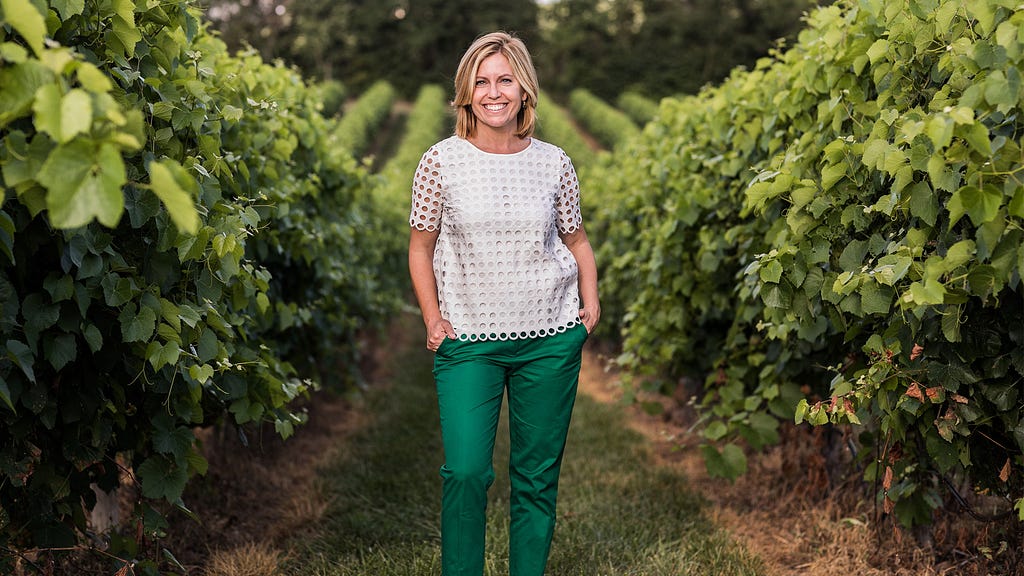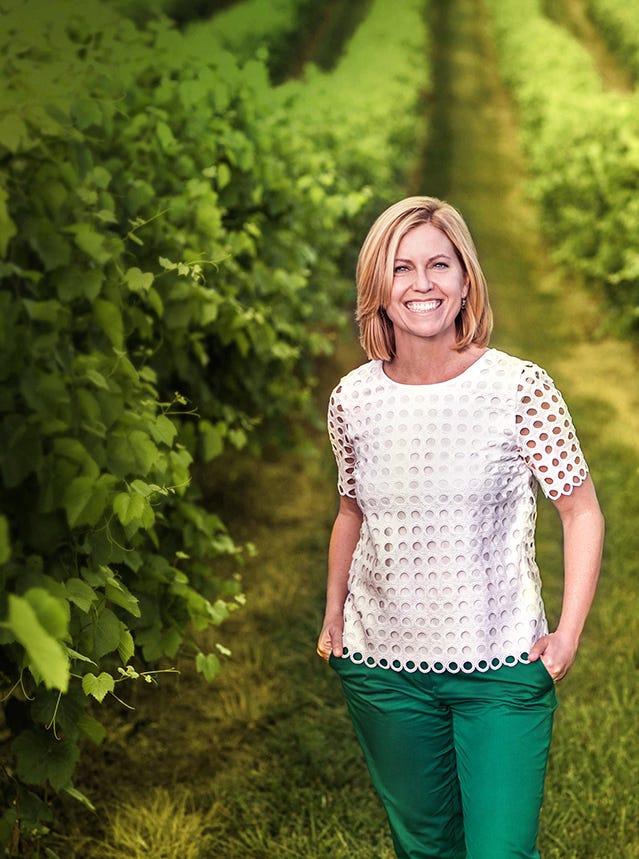“We need to understand how interconnected the food system is; the connection between the food we eat and the people who create it” With producer and host Catherine “Cat” Neville

I want viewers to make a connection between the food we eat and the people who create it. I want viewers to understand how interconnected the food system is and the impact that’s made when they choose these types of products.
I had the pleasure to interview Catherine “Cat” Neville. Producer and host Catherine “Cat” Neville’s nearly two decades in food journalism inform tasteMAKERS’ trek through the current state of food. She has launched two culinary magazines and is publisher of Feast, a regional publication that covers the state of Missouri, eastern Kansas and southern Illinois. For the past six years, Cat has produced a regional television series, Feast TV, which airs on PBS stations across Missouri and southern Illinois, and has won eight regional Emmy awards.
Thank you so much for joining us! Can you share your backstory with us?
I’ve always been an adventurous eater. My dad was in the Air Force and I grew up moving pretty frequently. When I was 10, we lived in Ankara, Turkey. That was life changing. I can remember going to the base picnic and trying doner kebab for the first time. I’d never had anything like it and that experience put me on a path of exploring the world and its cultures through food. In my 20s, I launched my first food magazine and I’ve been telling the story of local food ever since.
Can you tell us about the exciting new projects you are working on now?
tasteMAKERS is a new series on public television that explores the maker movement and artisans who are focused on flavor, quality and sustainability as they craft small-batch products.
For example, on the North Fork of Long Island, we visit the country’s first USDA-certified snail farm, Peconic Escargot. There, Taylor and Kate Knapp are breeding thousands of snails for fresh escargot and snail caviar. Almost all escargot in the U.S. is imported either frozen or in a can. Peconic Escargot is changing that.
In Missouri, we visit a sheep’s milk dairy that is building flavor in its cheeses from the ground up by nurturing the native prairie grasses the sheep eat.
And in the high desert of Colorado, we get up at the break of dawn with Lance Hanson to spray biodymanic preps on his vineyard, where an integrated approach to farming is creating intensely flavored wines.
Each episode is a unique journey into the lives and work of American food producers that dives into how the products are made as well as the makers’ connections in the food community.

Based on your observation, how has the “maker movement” changed the way America eats?
Fifteen or 20 years ago, it was a novelty to see the name of a farmer listed on a menu or have a dinner hosted on a local farm. Today, thankfully, we expect chefs to source locally. It’s no longer a trend. That’s how Americans want to eat. The maker movement is an extension of that. The farm-to-table approach now extends to products like bread, cheese, charcuterie and even tofu. People want to know where their food comes from and who made it, and not just in restaurants. Makers are connectors in their communities, working with local farmers and chefs, selling at farmers’ markets and acting as a conduit between the consumer and the local food community. These are the people we’re focusing our lens on in tasteMAKERS.
What is the one thing you want people to take away when they watch the show?
I want viewers to make a connection between the food we eat and the people who create it. I want viewers to understand how interconnected the food system is and the impact that’s made when they choose these types of products.
How do you think the maker movement will help people?
The most exciting aspect of the explosion in the good-food movement is that each place you visit, whether a big city or a small town, has its own unique flavor. Sure, the chains and fast food joints are still there, but authentic experiences can be had if you seek them out. Decades ago, what was considered to be great food here in America was pulled from the traditions of Europe. Today, makers and chefs are creating an American cuisine based on what is local and seasonal, celebrating our own tapestry of flavors and traditions. There’s never been a better time to eat in America.
Can you share the most interesting story that happened to you since you began this series?
The best part of producing tasteMAKERS is that I get to embed myself with the makers, digging into who they are along with what they make. I learned about how seeds are pressed into oil when visiting Clay Oliver in Pitts, Georgia, and how soybeans are made into tofu at Phoenix Bean Tofu in Chicago, Illinois.
But what I learned in the process of producing the first season of the show, beyond how things are made, is just how deeply connected the food community really is. The relationships between these makers and their communities turned out to be a bigger part of the story than I expected. The story isn’t really about the products. It turns out that the story is really about the people.
Do you have a favorite life lesson quote?
If more of us valued food and cheer and song above hoarded gold, it would be a merrier world.
-J.R.R. Tolkien
Thank you so much for your insights!
“We need to understand how interconnected the food system is; the connection between the food we… was originally published in Authority Magazine on Medium, where people are continuing the conversation by highlighting and responding to this story.
